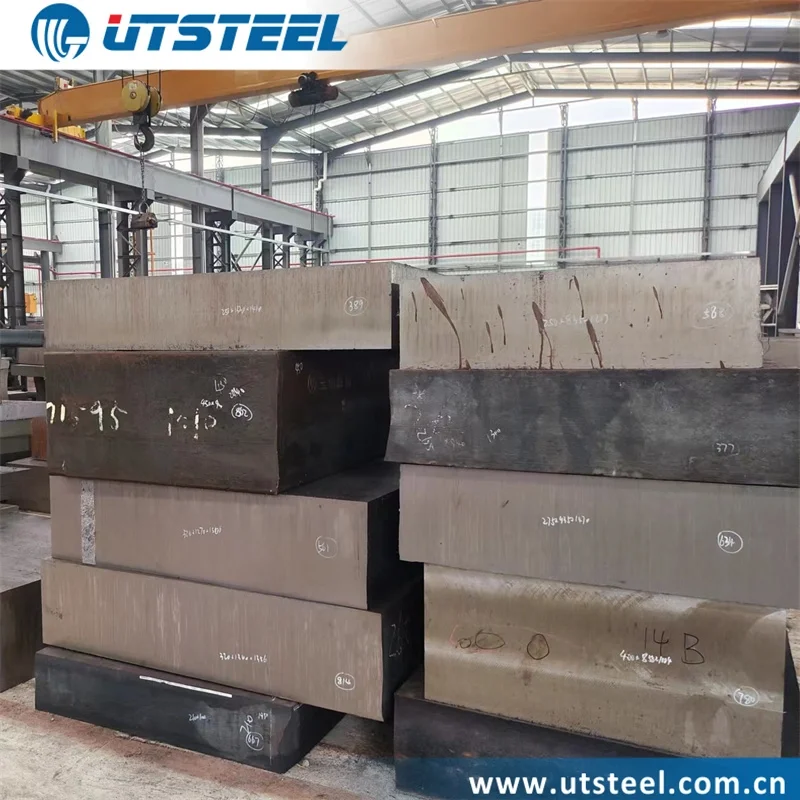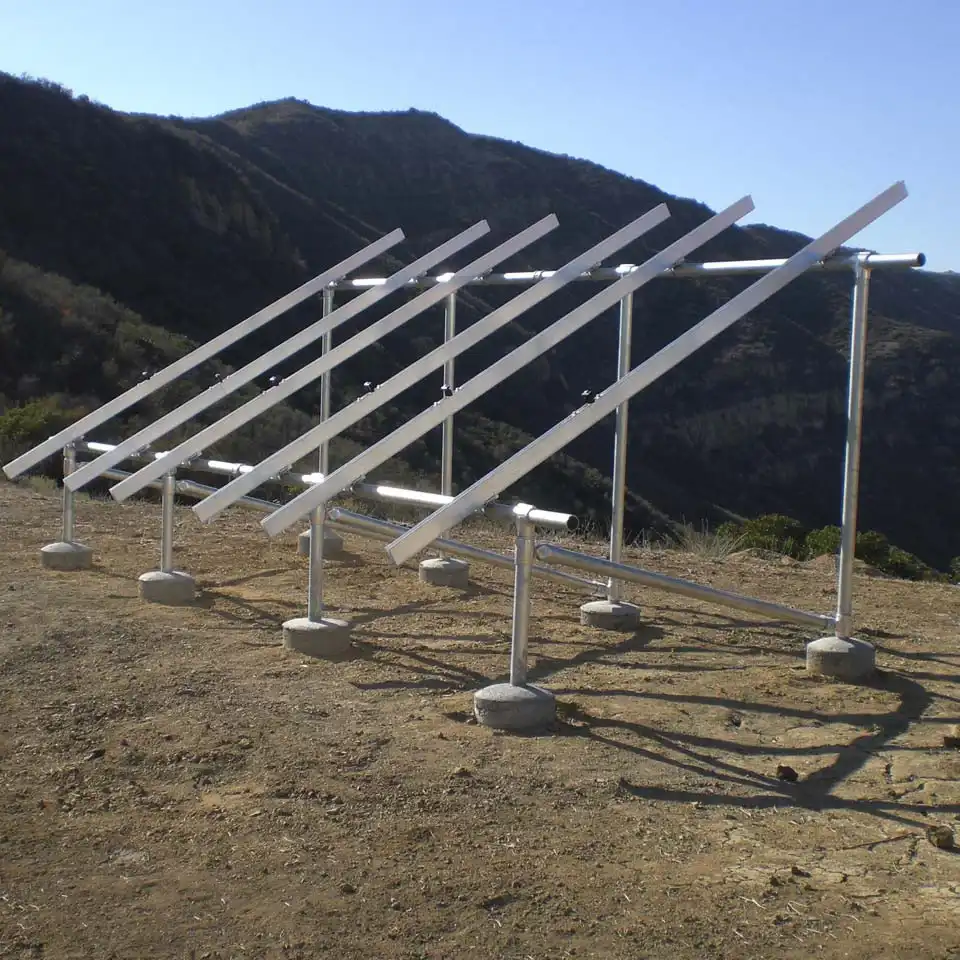The Advantages of Using Carbon Structural Steel in Building Projects

Carbon structural steel stands as cornerstone material in modern building projects, offering a host of advantages that elevate its significance in the construction industry. From high strength and durability to sustainability and architectural flexibility, carbon structural steel embodies a multitude of qualities that make it a preferred choice for architects, engineers, and developers. This article GCMIC delves into the diverse advantages of using carbon structural steel in building projects, highlighting its key attributes and the transformative impact it has on construction practices and urban landscapes.
What is the Carbon Structural Steel?

Carbon structural steel is a type of steel that contains carbon as the main alloying element. It is primarily used in construction and structural applications due to its high strength and durability. Carbon structural steel is commonly used in the construction of buildings, bridges, and other infrastructure projects. It is known for its ability to withstand heavy loads and provide structural stability. The carbon content in this type of steel typically ranges from 0.05% to 0.25%, and it may also contain other alloying elements such as manganese, silicon, and copper to enhance its properties.
The Advantages of Using Carbon Structural Steel in Building Projects
Superior Strength and Structural Integrity
At the core of its appeal, carbon structural steel boasts unmatched strength and structural integrity, making it an indispensable material for building projects of all scales. With a high load-bearing capacity and exceptional tensile strength, carbon structural steel provides the structural framework needed to support the weight of buildings and withstand external forces. Whether used in beams, columns, trusses, or other structural elements, carbon structural steel ensures that buildings maintain their stability and safety over the long term, mitigating risks of structural failure and enhancing overall structural performance.
Durability and Longevity
One of the standout advantages of carbon structural steel is its durability and longevity, which contribute to the sustainable lifecycle of buildings. Resistant to corrosion, fire, pests, and decay, carbon structural steel structures exhibit remarkable resilience and require minimal maintenance compared to other building materials. This longevity not only reduces lifecycle costs but also minimizes the environmental impact of construction activities, aligning with sustainable construction practices and promoting resource efficiency. By choosing carbon structural steel, developers invest in buildings that stand the test of time, ensuring lasting quality and performance.
Architectural Flexibility and Design Freedom
The versatility of carbon structural steel offers architects and designers unparalleled freedom to explore innovative and creative design solutions in building projects. With its ability to span long distances, withstand heavy loads, and accommodate various architectural styles, carbon structural steel unlocks a world of design possibilities. From intricate geometries to sweeping curves and soaring heights, steel structures allow for the realization of ambitious architectural visions that capture the imagination and redefine urban skylines. By leveraging the adaptability of carbon structural steel, designers can create iconic landmarks and functional spaces that resonate with users and stand as testaments to structural ingenuity.
Efficiency and Cost-Effectiveness
In addition to its structural prowess, carbon structural steel excels in terms of efficiency and cost-effectiveness in building projects. The prefabrication and modular nature of steel components streamline construction processes, reducing onsite labor requirements and accelerating project timelines. Furthermore, the recyclability of steel ensures that waste is minimized, resource utilization is optimized, and environmental impact is mitigated. By optimizing construction efficiency and resource management, carbon structural steel helps developers achieve cost savings, improve project delivery schedules, and enhance overall project outcomes.
Sustainability and Environmental Responsibility
As the construction industry increasingly embraces sustainability and green building practices, carbon structural steel emerges as a key player in promoting environmental responsibility. Steel is a highly recyclable material, with a significant portion of steel used in construction projects being recycled from previous sources. This closed-loop approach to material utilization reduces waste, conserves resources, and minimizes the carbon footprint of building projects. By choosing carbon structural steel, developers demonstrate a commitment to sustainable development, energy efficiency, and environmental stewardship, paving the way for greener and more resilient built environments.
In conclusion, the advantages of using carbon structural steel in building projects are manifold, encompassing superior strength, durability, architectural flexibility, efficiency, and sustainability. As a versatile and reliable building material, carbon structural steel continues to shape the urban landscape, enabling the creation of iconic structures that stand as symbols of innovation and progress. By harnessing the unique properties and advantages of carbon structural steel, architects, engineers, and developers can redefine the boundaries of construction excellence, delivering buildings that not only inspire awe but also embody a commitment to quality, safety, and environmental stewardship.
In a rapidly evolving built environment, carbon structural steel remains a beacon of strength, sustainability, and ingenuity, driving the construction industry towards a more resilient, efficient, and environmentally conscious future.
https://www.gcmicgroup.com/The-Advantages-of-Using-Carbon-Structural-Steel-in-Building-Projects.html
https://www.gcmicgroup.com/Carbon-Steel
Leah
info@gcmic.cn





